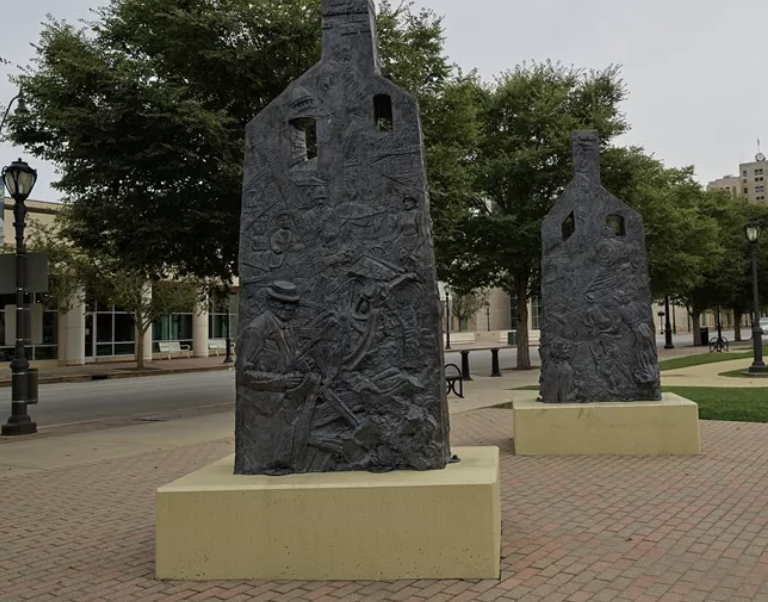Policy Corner: Preserving History through The Antiquities Act

In 1906, Congress gave the President the ability to protect cultural and natural resources of historic or scientific interest on federal lands. A unique tool, The Antiquities Act of 1906 allows Presidents to look at a place and its history and protect them both. Since its passage, Presidents have utilized The Antiquities Act to protect a wide variety of our most treasured places, from the Virgin Islands Coral Reef to Baaj Nwaavjo I’tah Kukveni – Ancestral Footprints of the Grand Canyon National Monument, the Freedom Rider’s National Monument and our own Berryessa Snow Mountain National Monument.
On August 16, 2024, President Biden used The Antiquities Act to establish the Springfield 1908 Race Riot National Monument. Covering a two block area in the Badlands neighborhood, this action preserves a site where the race riot raged from August 14-16, 1908, that holds some of the last physical remains of the riot and the neighborhood it destroyed.
In the wake of the riot, an interracial group of civil rights leaders were catalyzed to form the National Association for the Advancement of Colored People (NAACP), which has fought for, and achieved, justice and equality for decades.
“This site weaves together two important threads in our Nation’s story: the hateful violence targeted against Black Americans, and the power of dedicated individuals to come together across racial lines to transform shock and grief into hope and action.” (A Proclamation on the Establishment of the Springfield 1908 Race Riot National Monument, August 16, 2024.)
At the turn of the century, many blacks faced segregation, servitude, widespread discrimination and racial violence. On August 14th, a group of mostly white men gathered outside the county jail would set off the riot in Springfield. Calling for the lynching of two black men for murder and assault, the group erupted in violence upon learning that the suspects had been transferred to another location. They stormed through the Badlands and Levee neighborhoods, attacking and destroying Black, and some Jewish, owned homes and businesses and beating and lynching two Black residents, William K. Donnegan and Scott Burton. After the lynchings, one suspect’s accuser recanted. The other suspect was hanged in the county jail. Only one white rioter was convicted of a violent crime in association with the riot.
We can’t let these things fade,” Biden said before signing the proclamation. He added, “I know this may not seem significant to most Americans, but it’s of great significance. … It can happen again if we don’t take care of and fight for our democracy.” (PBS News, August 16, 2024.)
Protecting the Springfield 1908 Race Riot Site will ensure that its history is honored, that it cannot be erased. It will ensure that future generations can learn about and from this the race riot. It honors those that took this event and built the NAACP, “an institution to work for real and lasting change, creating hope for our democracy out of the embers of this neighborhood in Springfield, Illinois.” (A Proclamation on the Establishment of the Springfield 1908 Race Riot National Monument, August 16, 2024.)
It reminds us of the power of our public places to capture our imaginations and connect us to our history.
RECENT ARTICLES






